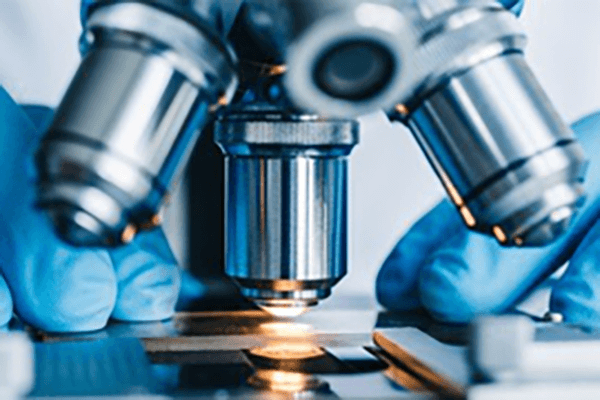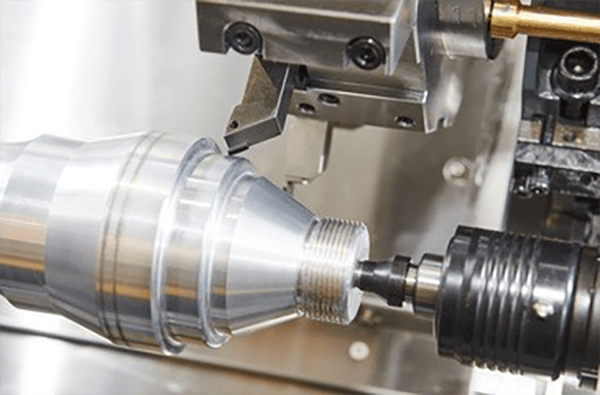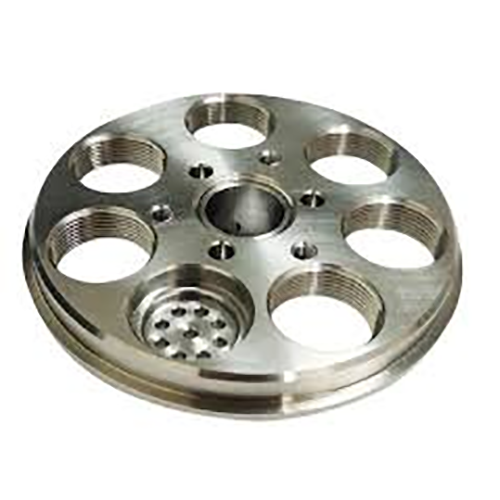
Meeting defined surface quality on a CNC-produced component remains essential.
- Specification callouts prescribe the detailed finish for parts
- Drawings commonly cite Ra, meaning root mean square average, to measure texture
- Appreciating callout details is key to ensuring product functionality
- Specified texture can change lubrication regimes, frictional forces, and endurance
- It is essential to interpret the specific callout to achieve the desired outcome
Defining Precision in CNC Machining

Programmed machining operates as a leading production process employing digital instructions the machinery forms elaborate parts with exactness.
- The technology facilitates production of complex parts across many materials
- The versatility of CNC machining makes it ideal for aerospace, automotive, medical, and electronics
- CNC processes produce uniform parts with high repeatability over runs
From concept models to high-volume manufacturing CNC machining anchors industrial production
CNC Specification Guidance
Parsing spec sheets may feel challenging at initial inspection
Still a modest foundation of know-how combined with structure allows navigating specs
Open by noting essential values: spindle speed, feeds, accuracy, envelope, control type
Each of these specifications contributes to the machine's overall performance.
Example: increased spindle revolutions aid soft materials; accelerated feed raises production.
Seeing these associations aids in selecting the correct machine for your use
Don’t forget to review maker-supplied manuals carefully.
Producer documentation frequently delivers important notes and clarifies terminology
Understanding CNC Machines: A Complete Overview
Computer-operated machining stations are programmed units for precise automated part fabrication across materials They accept digital G-code to steer tools and control machining actions.
- Frequent CNC varieties include mills, lathes, routers, plasma cutting machines
- Processes are adaptable to metals, polymers, timber, and composite materials
- Furthermore CNC machines allow for rapid prototyping and low-volume production runs making them valuable assets for small businesses and research centers
Computer Numerical Control Machines: An Overview
They present marriage of accurate mechanics and advanced control software CNC platforms apply programming to fabricate both basic components and complex assemblies The basic principle involves transforming CAD models into real-world components.
- Automated machine operation
- Programmatic production integration
It uses accurate motion sequences commanded by the controller Production personnel configure feeds and speeds, monitor cycles, and guarantee output quality.
Surface Finish's Importance in CNC Machining
Securing intended finish on parts is imperative It modifies operational efficiency and cosmetic finish Material characteristics, tool parameters, and finishing techniques affect texture.
Superior polishing extends service life; rougher finishes may limit capability Numerical control machining supplies multiple methods and cutters to obtain target textures.
- By using distinct cutter geometries |coated inserts|spindle rpm choices to produce target surface
- Furthermore secondary operations such as polishing, grinding, or sanding enhance finish
Understanding parameter influences helps attain the desired surface quality.
CNC Machine Basics: From Operation to Applications
Computerized machining precisely produces parts from metals, plastics, and other materials These machines follow digital instructions to execute intricate designs with high accuracy and repeatability Grasping G-code, tool selection, and machine operation underpins successful manufacture
CNC applications stretch across aerospace, automotive, medical device, and electronics industries From intricate propeller parts to exacting mold inserts, CNC produces accurate geometries
Notation for Surface Finish on Machined Parts
Accurate finish definition matters when machining parts with CNC It assures alignment with required performance and visual expectations Surface finish callouts are typically represented using the system known as the Surface Roughness Ra Measured in micrometers or inches, the number reflects mean surface roughness height.
Account for desired texture and the component’s purpose when selecting finish

For instance a smooth surface finish might be preferred for parts that require tight tolerances or precise alignment
More pronounced surface profiles help applications relying on friction or traction
Insert concise surface notes in blueprints to articulate finish expectations Include both the Ra value along with any additional instructions such as machining processes or surface treatments.
Bear in mind accurate finish callouts drive better manufacturing results
Varieties of CNC Machines and Capabilities
There exists a diverse field of CNC machines built to serve many operational purposes They depend on CAD/CAM instruction to operate cutting tools for efficient part fabrication.
- Turning equipment specializes in rotating the workpiece to create cylindrical shapes
- Routers handle flat panel cutting and profiling for non-metal workpieces
- Waterjet cutters use high-pressure abrasive streams to cut diverse materials without thermal effects
Decision factors include the part’s material, feature complexity, and tolerance specifications Different CNC platforms supply distinct functionality valuable across industries including automotive and aviation.
Obtaining High-Quality Surface Finish with CNC
Realizing premium surface texture is vital and CNC machining supplies tools to accomplish it Using accurate feed and speed selection plus optimized tool geometry technicians refine cutting action to reduce surface flaws Furthermore the utilization of high-quality tooling materials and proper lubrication techniques contributes to a smoother finish Well-chosen cutting tactics plus careful setup empower manufacture of parts with exceptional surfaces.
CNC Programming to Achieve Surface Quality
Tuning code to influence finish plays a central role in meeting quality aims The chosen machining parameters including feed rate spindle speed and cutting tool geometry exert a significant influence on the final surface texture Meticulous parameter tuning together with suitable coolant use promotes smoother finishes.
- Continuous tool maintenance and oversight preserve high finish consistency In addition periodic tool servicing and checks secure consistent surface quality Furthermore regular tool maintenance and inspection are essential for ensuring a consistent what cnc and high-quality surface finish over time
- For ideal finishes weigh material choice, roughness spec and usage demands
- CAM previews let programmers modify strategies to avoid finish defects
- Continuous tool maintenance and oversight preserve high finish consistency
